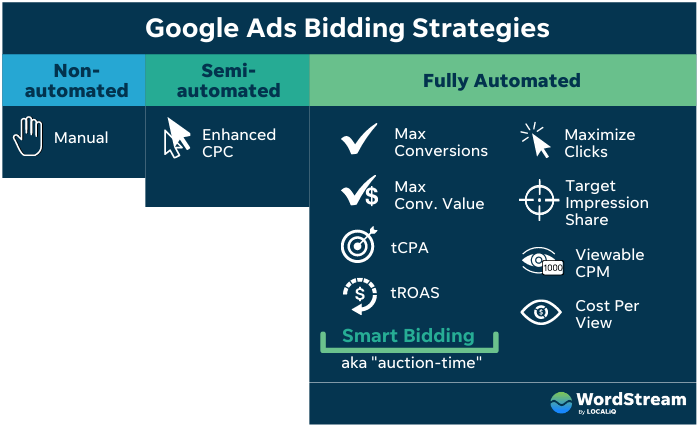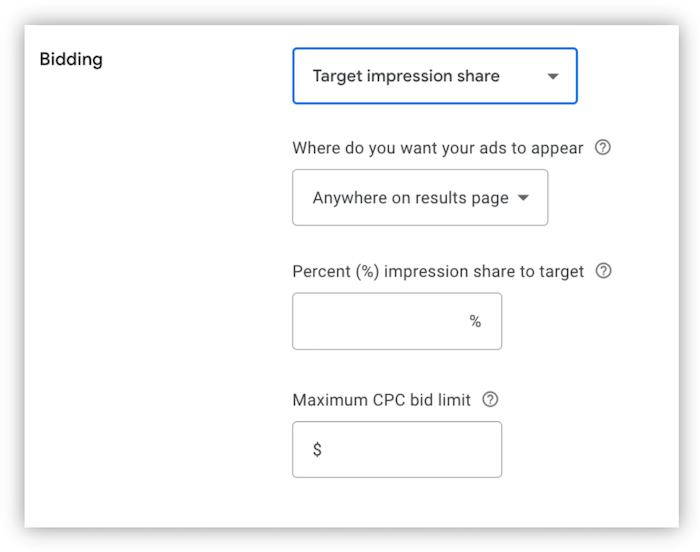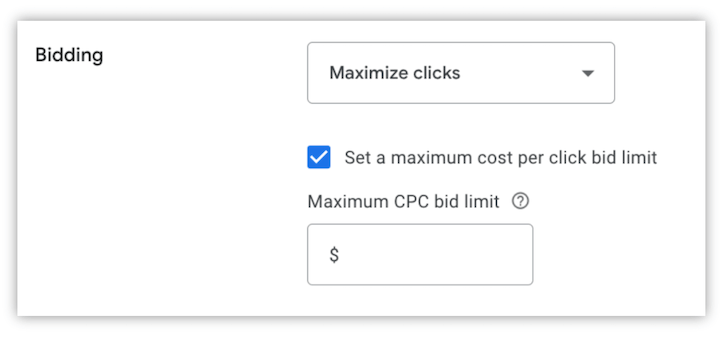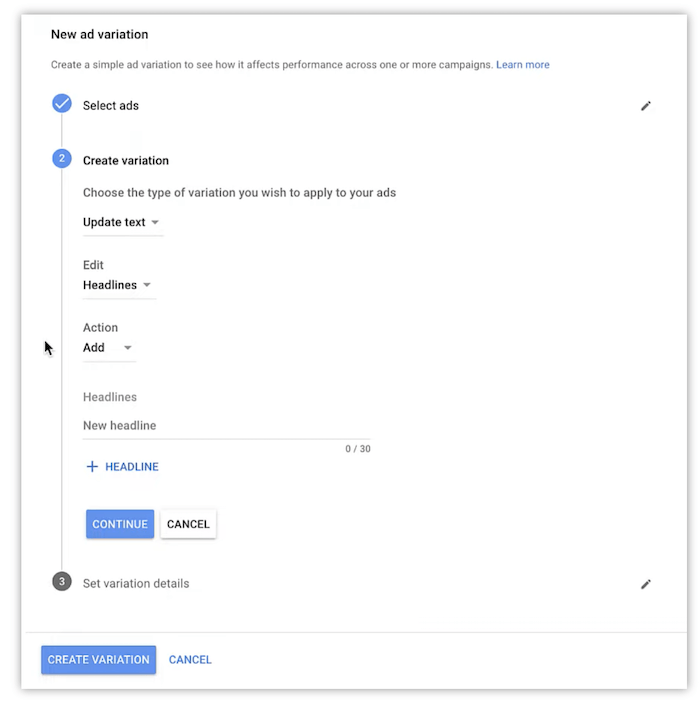Do I need to pay attention if automated bidding strategies handle my bids? This question is easy to answer, considering the popularity of automated bidding strategies and automation in Google Ads.
The simple, straightforward answer to this question is YES.
While the longer answer to your question is still YES, there are many nuanced ways that you can improve your bidding strategies.
These are my tips for managing your bidding strategies within the automated bidding world.
Six tips for bid management in an age of automation
Before we get into the tips, here's a quick refresher about bidding for those who are interested.
There are many options for how much you will bid on Google Ads or any other PPC campaign. These can be based on your budget, speed and how you want it spent, what you're trying to achieve, campaign performance, and so forth. This is your "bidding plan."
These tips will help you understand the role that you'll play in manually setting, managing, and adjusting your bids in an era where automation is a dominant force.
1. Begin by properly tracking everything
Without proper tracking, automated bidding strategies will not generate the performance that you desire. It is imperative that conversion tracking and revenue tracking be set up on your website. You must also ensure that your primary goals are focused on these outcomes. Okay, enough of that PSA…
2. The right strategy
After you have tracked all conversions, it is time to select the best bid strategy for your goals. Different bid strategies may be suitable depending on your campaign's goals. Some might work well and others might not.
If you want to sell products online, for example, you may be able leverage any of the following: Manual CPC, Enhanced CPC, Target CPA, Target ROAS.
However, if you are trying to generate leads online you might be able use the first three. But unless your CRM data is solid, Target ROAS bidding won't likely prove to be of any benefit.

Here are some tips
- Do your research. You can find a lot of videos, blogs posts and help articles to help you understand each bidding strategy to ensure you are starting with the right one.
- You must have sufficient data to support your bid strategy decision. Despite Google's claims to the contrary, I believe that you should have at least some conversion data in your account before you can use strategies that focus on conversions and cost per conversion. This will ensure that the bidding algorithm has some insight and doesn't have to start from scratch.
If you don’t have enough traction to begin, you might consider using Manual or Enhanced CP to get started, possibly even Maximize Clicks. Then, you can switch to another strategy later. (We'll discuss changing strategies in a later post.
3. Make use of the levers that you have
Google offers you some control over the performance of your campaigns, depending on which bid strategy you choose.
You can choose to target all Impressions, Absolute Top or Top of Page when bidding on Impression Share. Then you can select the percentage you want.

Maximize Clicks can drive volume. However, if you want to lower your CPCs, you can use the Max CPC Bid Limit in the settings section.

Target CPA, Target ROAS and Maximize Conversions bidding strategies are the same. Your campaigns can set the goals that you desire. Google's limitations don't mean you have to follow them. This opens up new possibilities… let's get to it after briefly mentioning some levers you may not have.
4. Pay attention to the levers that you don't possess
One thing I love about Enhanced or Manual CPC bidding, is how many controls you have to adjust the bids. There are many bid modifiers available in a manual campaign.
- Time of day
- Day of the week
- Audiences
- Localization
- Device
- Demographics
These allow you to bid up or down on an individual basis on a percentage basis in order to be more aggressive with a subset of your audience.
However, automated bid strategies remove the majority of them. These decisions are made by machines and are calculated in real-time.
You naysayers out there, Google allows you to enter a number in the bid modifier field for audiences of a Target CPA Campaign, but the algorithm ignores it.
This is the only set that works with every bidding strategy. When deciding which strategies are most effective for you, consider the tools you need to maximize your campaigns. Also, think about how your bidding strategy may impact those controls.

Image source
5. Learn how your limits affect performance
A Target CPA (cost per actions) is a great way of controlling costs in Google Ads. This strategy is what I use in my lead generation accounts. We know how much a lead should cost to make us profitable.
This level of machine learning allows advertisers to be more flexible with their CPA targets. They can lower them frequently to reduce costs. However, setting too strict Target CPA goals can lead to a backfire.
Google will not be able to reach its performance goals if your CPA goals are too low. This will cause Google to limit ad impressions. This will result in a decrease in impressions, clicks and ultimately conversions. My experience is that if this happens, your CPA will spike, which can lead to exactly the opposite result.
Google will show your ad more often if you raise or lower your CPA target. This can increase your costs and volume. Although it might sound alarming, In many cases, increasing your Target CPA gave Google more data and Google actually saw a decrease in our actual CPA.
It might seem like I am trying to convince you to spend more money and increase your Target CPA. This is not true. I'm merely urging you to be cautious and not to restrict your options. Then, test incremental adjustments based on volume goals and performance to determine what works for your account. It may surprise you to find that your initial instincts might be wrong.
6. Learn when to test or change strategies
As with choosing the best option to begin, it is important to be aware of when you may benefit from changing your bid strategy.
- Are you not getting the performance you desire and the controls aren't working properly?
- What did your overall marketing goal change for this campaign?
- You have reached a new threshold of data and can now upgrade to Maximize Conversions or Target ROAS.
- Oder did you have data flows that were slow enough that you may need to downgrade?
You don't have to review your bidding strategies every day. It doesn't need to be intense or robust to help you determine if it is time to make a change.
Also, you don't need to change at the first sign that there is a problem or an opportunity. To find out which strategy works best, you can set up a Google Ads Campaign Experiment. Here's a video tutorial on campaign experiments. ).

This can be done with multiple nuances in a single strategy. You might be curious to see if raising your ROAS target can help you become more efficient and not lose volume. It's worth trying. To test it, create a duplicate campaign and set up your changes to sync between them. Then, change the ROAS target in your experiment to see if it works.
Google Ads: Keep your bids under control
Although automated bidding strategies may have replaced many optimizations that advertisers used to make ourselves, it doesn't mean we are completely out of tune. You still have a lot of control over your account, whether it's getting started on the right track, knowing how to use the controls available, or when to change or test strategies.
WordStream's 6 Tips for Effective Bid Management In A World of Automated Bidding originally appeared on WordStream.
————————————————————————————————————————————————————————————
By: Michelle Morgan
Title: 6 Tips for Effective Bid Management in a World of Automated Bidding
Sourced From: www.wordstream.com/blog/ws/2023/01/17/google-ads-bid-management
Published Date: Tue, 17 Jan 2023 16:32:07 +0000

Leave a Reply